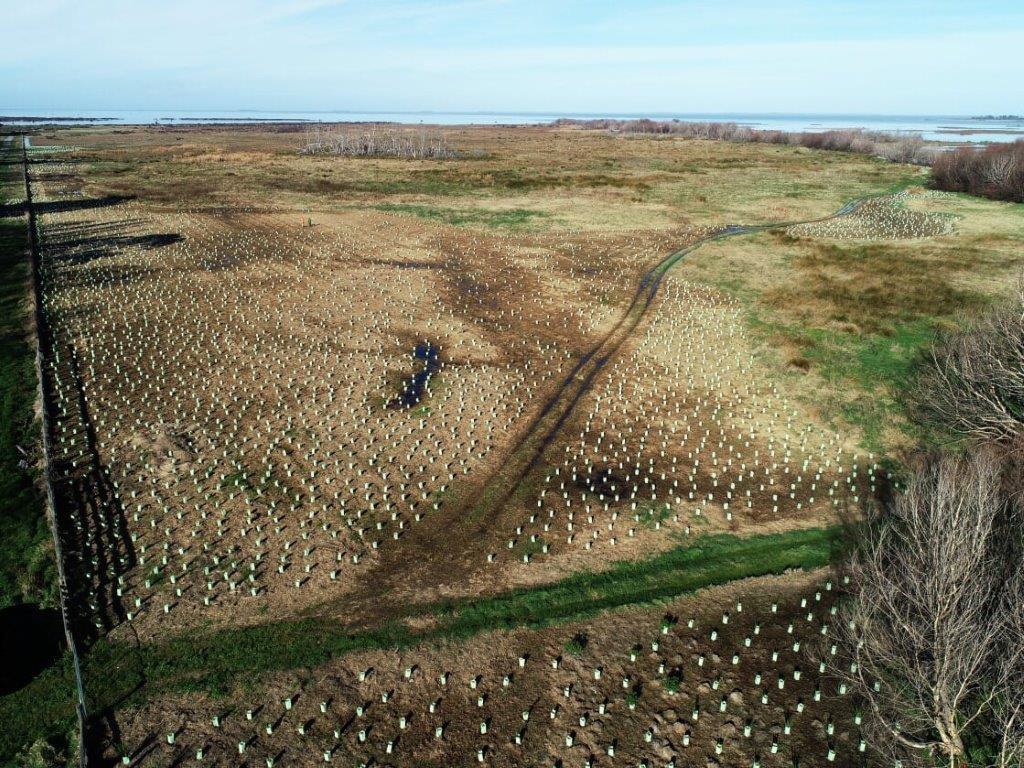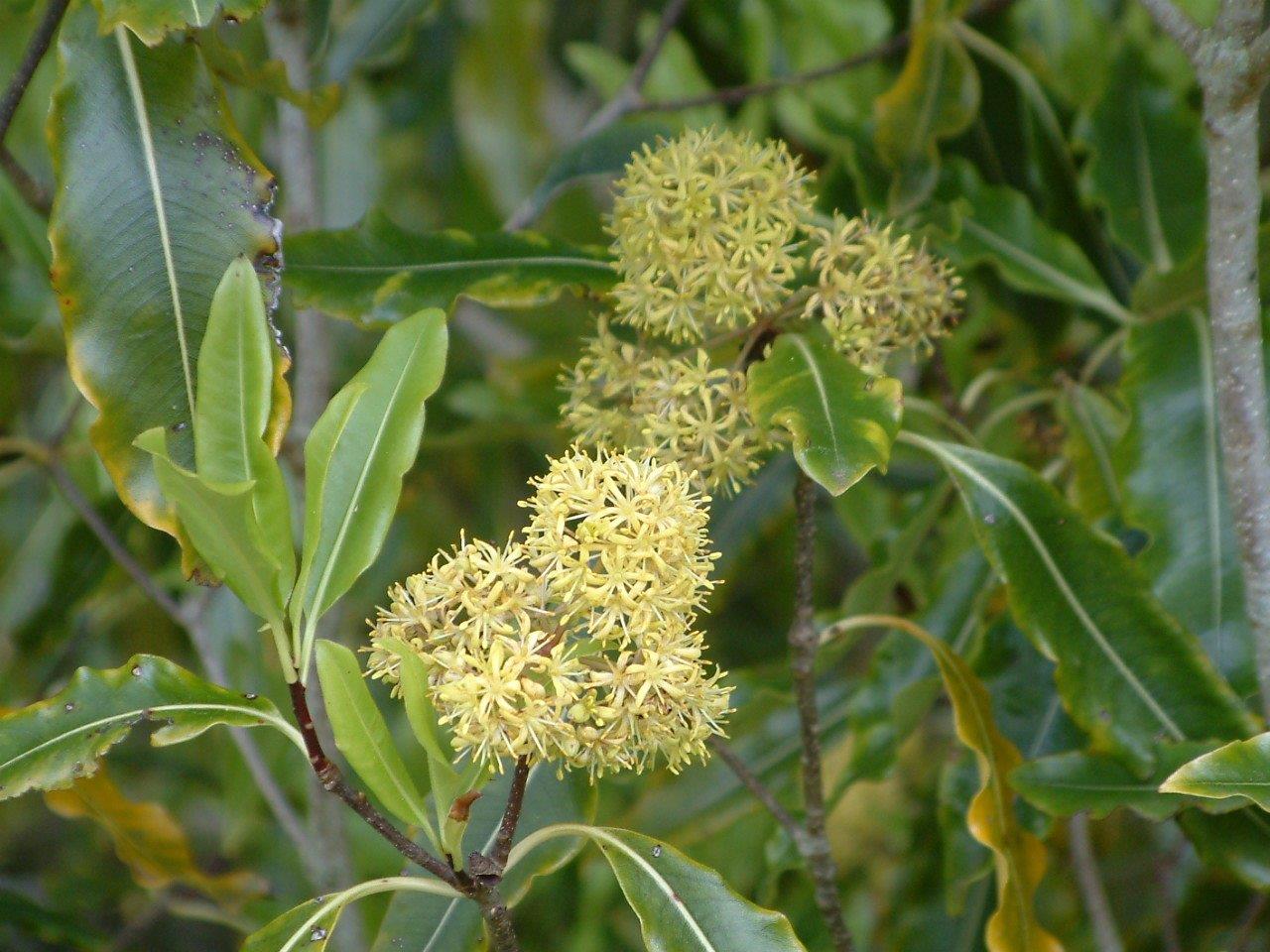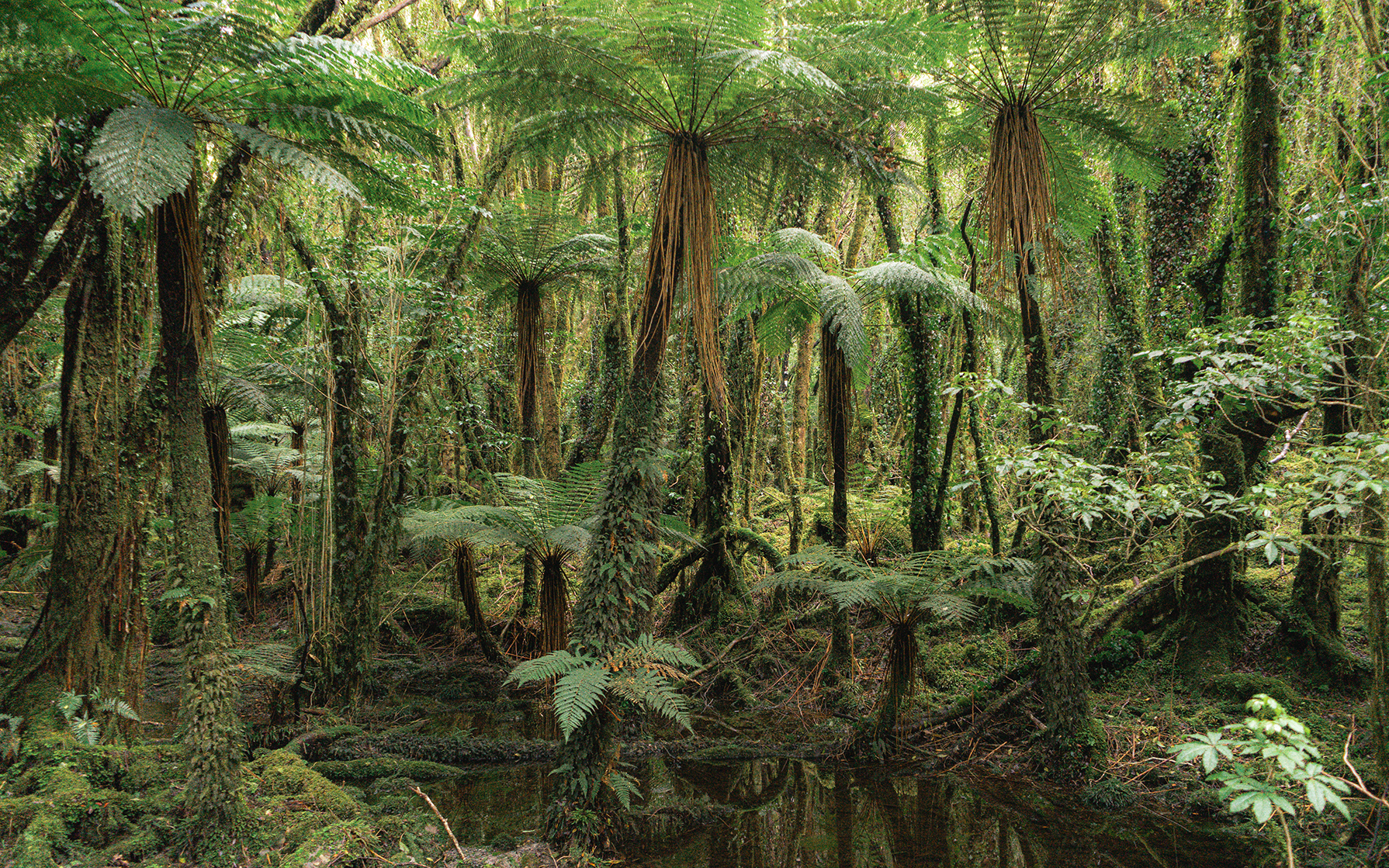We all need to work together to protect and enhance our ngahere,
ensuring Papatūānuku thrives.
There is an unprecedented interest to protect and restore our whenua, this reflects a turning point in the appetite to embrace and enrich our native forests. However, we need to ensure that we apply ecological rigour to this groundswell of interest to protect the mauri of our native ngahere. The Department of Conservation has a major role to play in conserving New Zealand’ s native forests and heritage.
The Department of Conservation (DOC) is the government agency charged with conserving New Zealand’s natural and historic heritage. Many of the species contained within our native forests are considered taonga species. Protecting and enhancing our ngahere is central to our work.
DOC’s purpose statement is ‘Papatūānuku Thrives’.
DOC’s work is guided by Te Kaupapa a Te Papa Atawhai, which outlines our purpose, roles, behaviours, principles and outcomes..
- Te ora o Papatūānuku | Healthy nature
- Te ora o te Hapori | Thriving communities
- Te hunga Atawhai | People who care
Protecting existing native forests, native forest remnants and regenerating native forests is essential to preserving what we have, no matter the tenure of the land.
There is a groundswell of iwi, community groups, private landowners and Government agencies undertaking projects to create new and restored forest communities across New Zealand. This in turn is helping to reverse biodiversity decline and to protect, enhance and enrich our native forests. Connection with the ngahere also enables a stronger connection to, and awareness of, its values.
New projects are restoring forest communities as part of a wider restoration focus which includes predator/browse control and weed control. In many cases a landscape scale or catchment approach is being adopted to strategic projects.
Creating new restoration opportunities should complement any protection work underway. Where this work occurs on Crown land, legal protection and a requirement to manage exists.
Covenants offer the ability to protect special areas of existing native forest on private land, but further exploration is required to enable the protection of new restoration projects where they occur on private land.
Protection and enhancement of our native ngahere also has relevance with urban nature. Education and awareness within our towns and cities is critical so everyone is aware of what they can do to understand, appreciate and get involved.

Landscape-scale restoration programmes
Landscape-scale programmes bring conservation work and recreation opportunities into one regional programme, across all tenure of land. Farmers, private landowners, partners, agencies, landcare groups and funders work together towards a strategic vision for restoration of ecosystems, conservation and sustainable use of landscapes / catchments, e.g. Te Hoiere, the Pelorus River catchment restoration programme.
Together partners work to restore landscapes for the benefit of biodiversity and recreation. They provide environmental, social and economic benefits for the landowners and the community.
Other examples include Taranaki Mounga, Project Janszoon, Reconnecting Northland, Kotahitanga mō te Taiao and DOC’s Living Water Partnership with Fonterra.
Funds for native forest protection and restoration
The Nature Heritage Fund
Since its establishment in 1990, the Minister of Conservation, using the Nature Heritage Fund (NHF) funds, has approved funding for the permanent protection for over 350,000ha of nationally significant ecologically significant areas e.g. the St James Conservation Area in Canterbury.
DOC Community Conservation Fund
The DOC Community Conservation Fund (DOCCF) supports practical, community led projects aimed at conserving New Zealand’s indigenous biodiversity. Within the fund there are 3 ‘land type’ options, Public, non-Public or Private. The fund has a great track record.
Other funds
Other wider recent Government contestable funds which may include a forest restoration focus are:
Applications to these funds have shown that there are numerous groups who are interested in progressing native restoration at scale.
DOC’s role in the One Billion Trees programme
DOC has been working with iwi and community groups to identify One Billion Tree (1BT) planting opportunities in the context of landscape conservation work and supporting them to apply for funding to plant native trees. The fund is led and administered by Te Uru Rākau.
DOC’s role includes strategically supporting the implementation of the programme to maximise conservation outcomes on both public and private land, by ‘ensuring indigenous trees (and shrubs) are planted in the right place, for the right purpose to ensure maximum gains for biodiversity’.
One Billion Trees projects are also assisting the Government to increase employment outcomes and address climate change targets with projects assisting with increased carbon sequestration.
Jobs for Nature
Jobs for Nature is investing more than $1.3 billion in environment-based jobs for 11,000 people that will restore our rivers, protect precious places, and ensure our native wildlife thrives.
Jobs for Nature also includes substantial new funding across Government agencies as follows:
- Ministry for the Environment to clean up rivers and restore wetlands
- Land Information NZ to ramp up pest and weed control on Crown land, in rivers and lakes
- Ministry for Primary Industries to target wilding conifer and wallaby control.
The package also includes $100 million from the Provincial Growth Fund for jobs fencing waterways, water reticulation and riparian planting.
DOC funding associated with this project is split into three work programmes:
- $200mKaimahi for Nature to establish regional alliances to work together to provide nature-based jobs
- $154.3m Restoring Naturefor enhancing biodiversity on public and private land, including freshwater initiatives
– $147.5m Protecting Nature for creating employment while carrying out pest and predator control.

Ecological integrity
DOC advocates that care should be taken to ensure that any new native restoration projects also take ecological integrity and appropriateness into account. Ensuring what is planted is in keeping with the natural environment. e.g. tall stature forests do not displace estuarine salt marsh ribbonwood or areas of grey scrub /tussock lands and remove the native flora and fauna for well-intended but ecologically inappropriate activities.
Understanding the current condition of the ngahere will help inform the next steps. New projects will have higher value if they are building on an existing native forest footprint or adjacent to an area of high biodiversity value (lowland wetlands), providing linkages, corridors and buffers to enhance what remains.
Exploring all options before planting is essential. Browse control and or reversion maybe the most cost effective and ecologically appropriate method to realise a significant restoration project.
It takes time to scope and design projects and bring multiple partners together on a strategic vision. Project design should be informed by a restoration plan and costs should be reflective of pressures and values at place.
In many cases, planting is the easy part. Ensuring there is adequate maintenance, browse control and robust monitoring to show the benefit of change to the ecology of the area are important to demonstrate the financial and ecological value of investment, is the hardest and most enduring part of restoration enhancement.
Eco-sourcing
Protecting the ecological integrity of our forests (existing or new) is just as important as protecting them from threats like wilding conifers. We need to ensure what we are planting is the right plant.
Eco-sourcing is sourcing the seed from within the ecological areas from where you intend to replant. By growing from seed sourced within the ecological area, plants flower and seed in sequence with others, plants are adapted climatically to their areas, the genetic integrity of the area is not diluted by plants from outside the area or by cultivated varieties of native plants. Eco-sourcing offers the best chance for survival for a plant, the best return of investment when buying plants for restoration projects and the best choice for local ecological values.
”Eco-sourcing is sourcing the seed from within the ecological areas from where you intend to replant.
Climate change
There is the potential that the protection and enhancement of our native ngahere can play a more strategic role in New Zealand’s climate change response. Climate change has seen a dramatic change to forest integrity globally. Drought, forest fires, insect damage, and pathogen invasions are negatively impacting on native ecosystems. Myrtle rust and kauri dieback are recent examples of this in New Zealand.
Maintaining a diverse and healthy native forest composition will offer more resilience to these increasing threats posed by climate change. Native forests may also offer a buffer against extreme climatic events (e.g. fire, erosion, sea level rise).
With the growing demand to be carbon neutral and eventually carbon positive there will be an increased focus on the carbon sequestration benefits that existing, regenerating and new native forests could generate.
The Climate Commission report has detailed the need to plant an ambitious new footprint per year of native plants to meet current emission targets. We need to ensure that these native plants used are of the correct species mix, and ecologically robust and appropriate to the area they are intended to be planted as well as complementing and building on existing native forest remnants.
Innovation
Improved management of our existing and regenerating forests is the most cost-effective investment currently.
There is a significant opportunity for new forests to be enabled by various funding streams, but one of the biggest challenges facing the establishment of restoration enhancement projects is cost. The cost per hectare to establish natives is expensive compared to exotic species, and this cost pressure is one of the biggest limiting factors preventing larger development in this sector.
The current traditional method of growing plants from seed to potted plant is labour intensive. Historical methods of plant production including bare root or (open ground) natives developed by the NZ Forest Service in the 1970s had immense value and cost savings but are not as widely used today compared to 30 years ago.
More recent investigation and innovation are leading to new and exciting methods to establish new restoration projects including drones dispersing seed, direct drilling seed and hydroseeding. It is hoped that these tools will complement the traditional methods and lead to more cost-effective restoration plantings.
Summary
There are numerous pressures, challenges and risks that New Zealand’s native ngahere is facing. Maintaining the health, resilience and ecological integrity of New Zealand’s existing, regenerating and new native ngahere will be key to protecting the flora and fauna and ecosystem services that they provide for.
Unlocking investment to enable both will be key both on public and private land. As reducing the cost of establishment and maintenance will be essential to unlocking more investment and improvement.
Protecting, enhancing and restoring our native ngahere takes investment and time.
Aotearoa’s native forests cover around 7.8 million hectares. Looking after these forests is an important part of our climate change and biodiversity efforts. There is approximately 1.8 billion tonnes of carbon stored in them. Arguably this is one of the largest contributions to combating global climate change that New Zealand makes.
Alan McDonald




Leave a comment